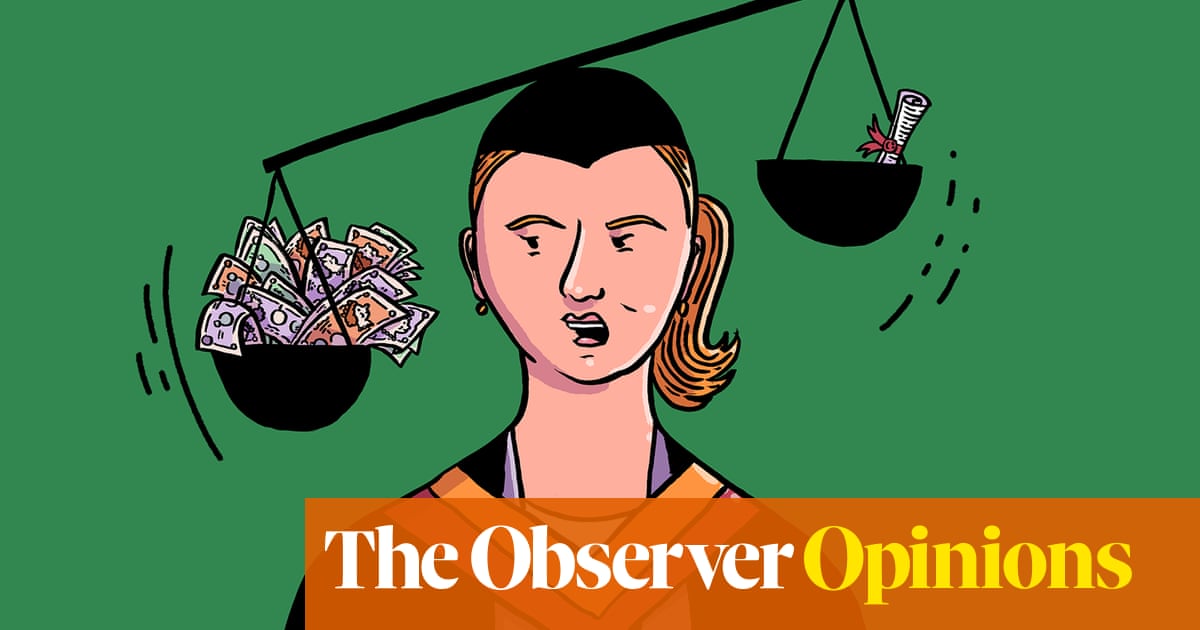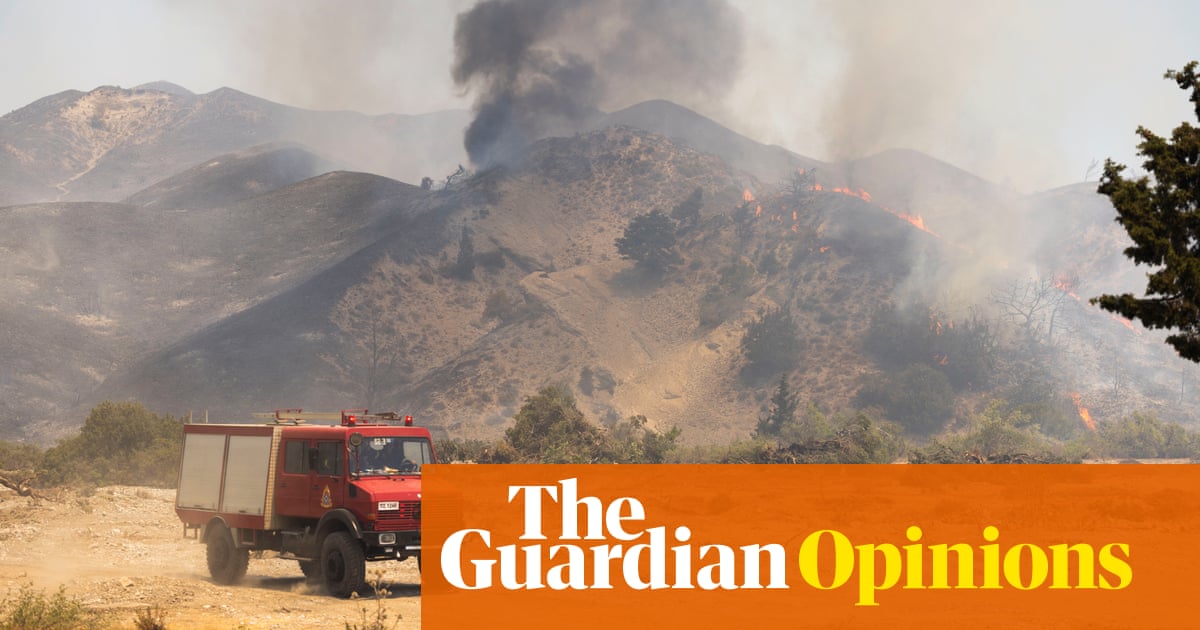
‘We had to tell our own audiences that we’d fight them,” says Mykaell Riley, one of the founding members of UK reggae band Steel Pulse. “People had paid to come in and beat you up. So we would make it clear: if you come on stage, we will kick the fuck out of you.”
Riley can laugh at how that sounds now but back in the 1970s, when the National Front were marching down streets, playing live music was no laughing matter for black musicians. It didn’t help that popular white artists of the time were fanning the flames – from Eric Clapton openly supporting Enoch Powell’s anti-immigration rhetoric to David Bowie claiming Hitler was the first rock star. Britain found itself at a crossroads: would it accept what seemed to be a fascist uprising – or send it packing?
The people involved with Rock Against Racism chose the latter, and their story is being told in a new exhibition, Rock Against Racism: Militant Entertainment Tour 2022, at St Mary in the Castle in Hastings, East Sussex. Comprising posters, photographs, fanzines and letters, it shines the spotlight on one of the most important, but often overlooked, grassroots movements in British pop history, in which countless bands and fans came together to fight fascism.
“The times were in flux with no strong centre,” says Tom Robinson, who swung his weight behind Rock Against Racism to such an extent that his band’s debut album boasted the RAR logo, address and manifesto on its sleeve artwork. “Every chancer was looking to make their bid for some kind of position. There could even have been a coup. We had no idea what was going to happen – just like now.”
Could the parallels with today’s political climate be the reason why people are finally starting to recognise the importance of RAR? Rubika Shah, who told the movement’s story in her 2020 documentary White Riot, says she too was struck by the similarities: the scapegoating of immigrants, the tabloid name-calling, the constant parading of the union jack. “The politics unfolding while we were in the edit started to influence the decisions we made,” she says.
In White Riot, Ruth Gregory – one of the original RAR activists and the exhibition’s co-curator – talks about how the early punk movement “could have gone either way”, with one side of it espousing individuality and gender experimentation and the other embracing skinhead conformity and a flirtation with the fascist right. Gregory hopes the exhibition, largely digitised from her vast archives and also featuring filmed interviews with key activists, will tell the story of an era when going out to watch a band, if you weren’t white, meant risking a beating – or worse.
The musicians campaigning against racism also found themselves in the line of fire. As Robinson puts it: “I remember saying to EMI, ‘If there are death threats don’t tell me about them.’ There definitely were – they just didn’t pass them on.”
RAR emerged in 1976, when a group of anti-racism activists including the photographer Red Saunders wrote a letter to the NME lambasting Eric Clapton for a notorious racist rant at one of his gigs – for which he apologised in 2018. The letter began: “When I read about Eric Clapton’s Birmingham concert when he urged support for Enoch Powell, I nearly puked. What’s going on, Eric? You’ve got a touch of brain damage.”
It went on to claim he was “rock’s biggest colonialist” and ended with the rallying cry: “We want to organise a rank-and-file movement against the racist poison in rock music.” It then concluded with an address to write to. “It was like a beacon,” says Robinson. “We all went, ‘Yes!’”
RAR’s mission was to fight fascism through live music: putting black and white bands together on the same stages across the country to bring communities together, foster solidarity and hopefully help prevent fascism-curious kids from drifting into the Front. “The NF were so strong in those days, literally beating people up in the streets, and so there was really a need for action against them,” says Debbie Golt, who organised and DJed at RAR events in Manchester. “It warmed my heart that there was something we could do, beyond going on marches or supporting pickets. Something that was fun.”
RAR had sharp slogans – “Love music, hate racism” originated there – as well as eye-catching visuals and a sense of joie de vivre. Trying to set an anti-fascist movement up across the country was a huge job but, radically, they trusted their followers to do most of the work. If a group of people in Stockport wrote to the RAR office, they’d be told: “OK, you’re RAR Stockport now!” Rather than trying to stage a complex network of gigs from a central office in London, people were simply sent the material that would empower local RAR groups to put on their own live events: instructions on how to build a sound system; badges and posters to promote shows; guides on what to do if the National Front turned up.
You can see evidence of RAR’s non-hierarchical approach in the thousands of letters they received. Gregory highlights one in which three schoolgirls in Ayrshire, Scotland, discuss putting on gigs. “We also had situations where a vicar might write to us and say, ‘I don’t support your politics but I really want to fight fascism so can you send me some information?’”
Perhaps RAR’s crowning moment came in 1978 when a huge festival was announced in London’s Victoria Park featuring the Clash, Steel Pulse, the Tom Robinson Band and others. The idea was that people would gather in Trafalgar Square before marching to the concert. “We estimated there would be 10,000 people there,” says Gregory. “It turned out there were 100,000!”
The march was impossible to counter. Drinkers in one notorious NF pub en route reportedly came out to “Sieg heil!” but were so disheartened by the sheer mass of people singing and dancing towards them that they gave up and ducked back inside. The concert stayed true to its DIY ethos, too. Volunteers sympathetic to the cause were recruited to build the stages and set up the PA. “Someone would hand you a drill,” recalls Gregory, “and say, ‘Screw the platforms for the drum kit together.’”
“We thought it would be this massively organised event but backstage was just a makeshift, chaotic, confused space where management and bands were vying to be top dog,” says Mykaell Riley. “But there was an excitement that it was turning into something really special because more and more people kept coming into the park.”
“Normally,” says Robinson, “for a gig of 80,000, you’d expect a backstage area with dressing rooms and a VIP area. There was nothing – it was built with scaffolding and planks! The generators couldn’t keep up with the power needed so the voltage dropped, and that made the Hammond organ go a semitone out of tune.” Few noticed. In fact, most of the crowd could barely hear anything because the PA was only for a 20,000 crowd. “What was coming out of the speakers was anybody’s guess,” laughs Robinson, “But it didn’t matter. It was about being there.”
While there were reports of some skinheads in attendance, Robinson doesn’t believe the point of the festival – or RAR in general – was to convert people. “The criticism was always that we were preaching to the converted,” he says. “But that was actually the point. We were a tonic for the troops. The idea was that people feeling ground down from the everyday racism they encountered – from their dad or their classmates – could go to a gig where a big crowd were all focused on the same thing. The power didn’t come from the bands, it came from the audience. So that day in Victoria Park was really about us reflecting the crowd’s energy back so they could feel their own strength.”
It’s hard to believe today but the media virtually ignored the whole thing. An ITN crew turned up to film two minutes of footage, the only mainstream documentation of the day. This is partly why the exhibition is largely made up of posters, photographs and letters. “We wanted to show people involved in movements today that ordinary people could achieve amazing things,” says Gregory. “The exhibition is supposed to be a toolkit others can use.” Indeed, the plan is for it to travel the country, and for people whose voices aren’t usually heard to add their antiracist histories along the way.
Did RAR succeed in keeping people away from the NF? Gregory believes it did, while Riley points towards a longer legacy: “Most of the people involved with RAR are still around, but now they’re in senior or middle management positions or running institutions. And their children would quite likely be at BLM protests.”
As for Robinson, he says being a part of RAR is still the thing he’s most proud of in his career: “In what felt like end times, it showed the awesome power of alternative culture.”
Rock Against Racism: Militant Entertainment Tour 2022 is at St Mary in the Castle, Hastings, East Sussex, 27 August to 17 October.












